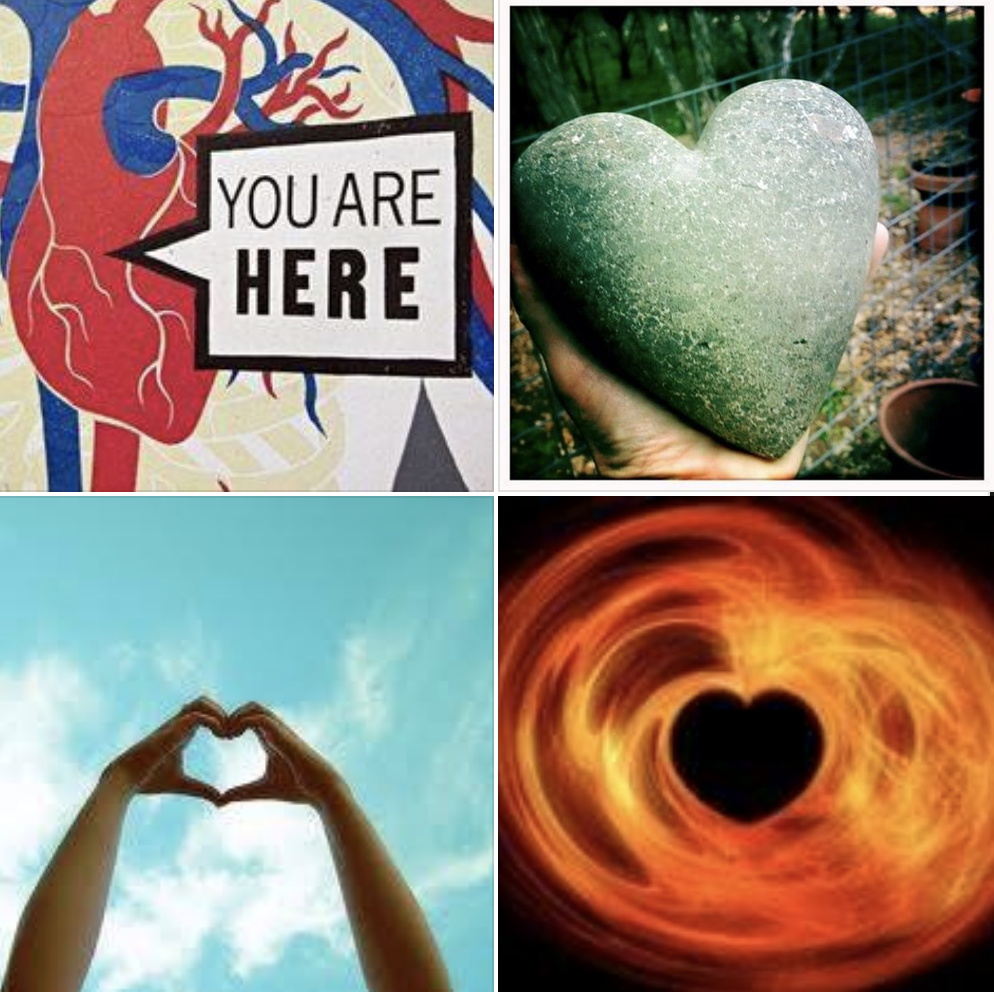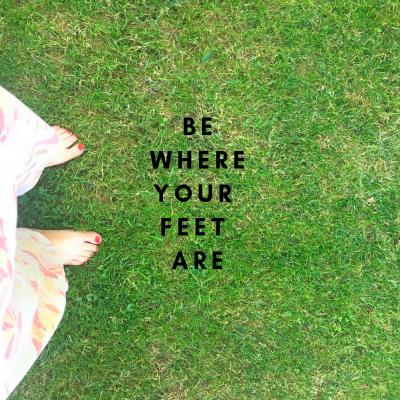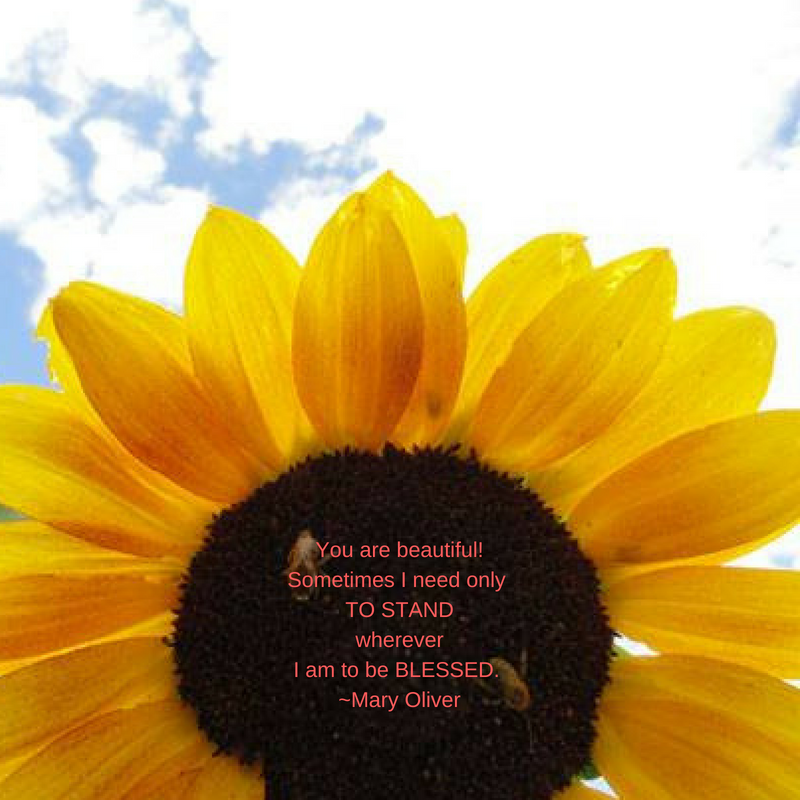Mind-FULL-ness Practice – 101
“Problems can’t be solved with the same level of awareness that created them. ” ~ A. Einstein

What is a Mindfulness Practice ?
A Simple way of looking at a mindfulness practice is cultivating the capacity to be present –learning to be aware of the present experience with acceptance.
Three ingredients of mindfulness practice:
The most important part of all of these ingredients is remembering— remembering to be aware, pay attention and to be accepting of what is happening in the present moment. Sounds so simple. Once we become aware that we’ve stopped paying attention and put forth the intention to start paying attention again, we are being mindful.
For me Acceptance is often the ingredient that gets left out. It’s like baking a cake and forgetting the sugar. It changes everything. Imagine for a moment being aware of the present moment and judging what is happening. Now take away the judging. It’s not easy to do. It’s very challenging for our brains to notice and not evaluate. And while evaluation is important in life, it is when we do it without awareness that we have “problems”. This is what we need to learn what not to do.
Why is mindfulness important?
We all have everyday mindlessness. The mind is constantly leaving the present and going off to other things. When you last drove to work, how much were you paying attention to your experience? We’re perfectly capable of not paying attention or noticing what is happening in our present experience. When we observe everyday mindlessness, we realize our minds are rarely present.
When we are in mindlessness, we are further away from our authentic self. This is the part that underlies our thoughts, reactions of who we think we are — to a deeper, richer self that is not bound by limiting beliefs.
The following are two important facts about the brain:
You can conceptualize a mindfulness practice on a continuum
Click here for Mindfulness Practice
If the practice is just like going to the gym or working out — The more time and energy we put into the practice, the more awareness we receive. This is huge, as we are often poor observers of ourselves and habitually get lulled into automatic reactions and responses to life and living that keep us stuck and/or hurting. It is only with awareness, attention and acceptance — the foundation, that we can begin a meaningful way to embody the life that we want to live.
Take a moment and think of a place that you can either begin or expand your practice. Make a commitment to yourself to deepen your awareness of current experience with acceptance by making this a part of daily routine — whether it is a 5 minute practice in the morning, practicing mindful awareness as you drink your tea, or sign up for a class. And then, just sit back and notice what starts to cook in you.




